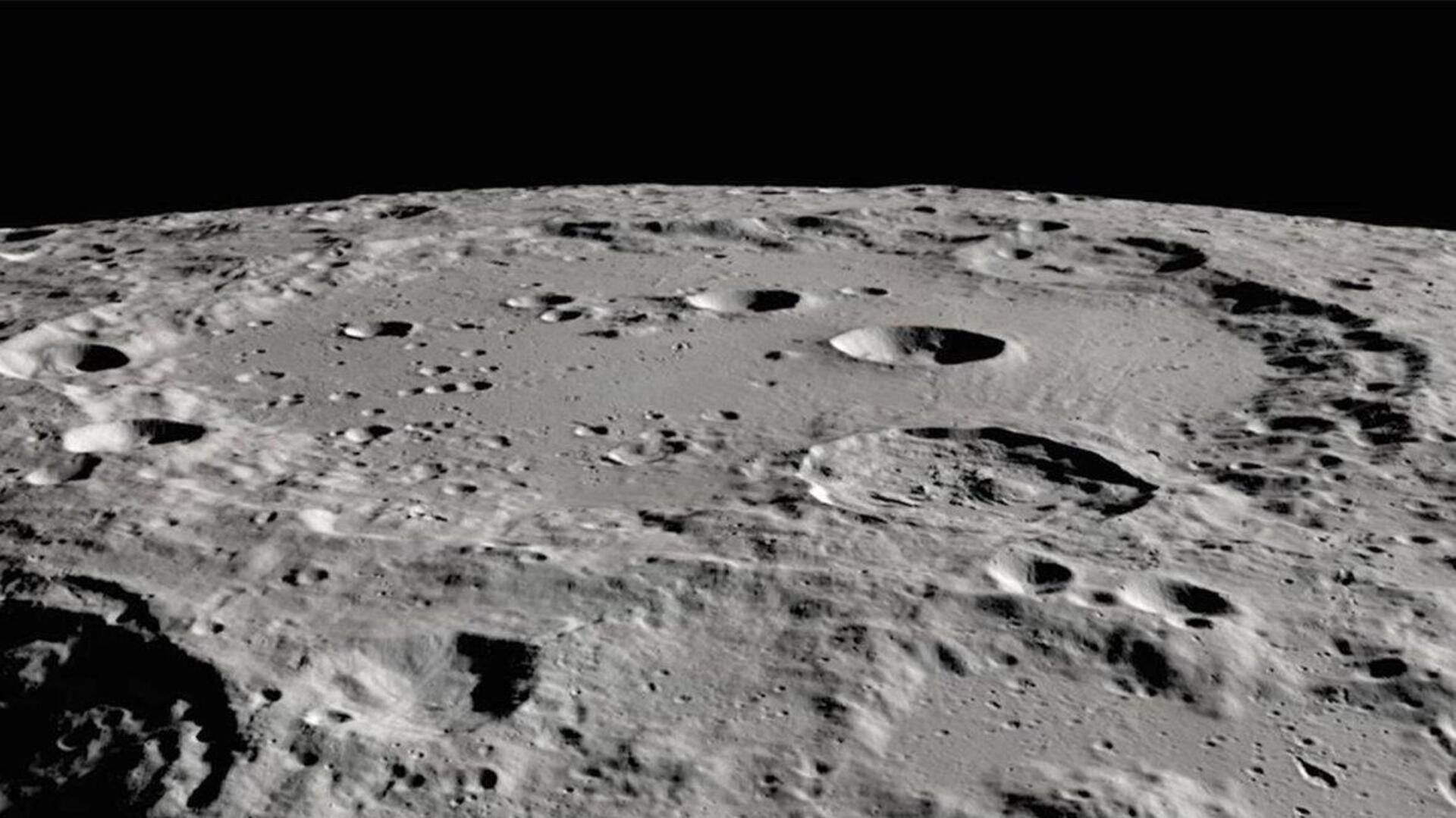
NASA's new Artemis instrument will investigate volcanic terrain on Moon
What's the story
NASA is planning to fly a new scientific payload on its upcoming robotic Artemis missions to the Moon. Called DIMPLE (Dating an Irregular Mare Patch with a Lunar Explorer), this instrument can study the "hilly terrains" formed due to volcanic activity on the near side of the Moon, helping scientists understand when such regions formed and what they are made up of.
Context
Why does this story matter?
NASA aims to explore the Moon in ways like never before, via its Artemis program, which involves both crewed and robotic expeditions. The first mission in this program, Artemis 1, already proved to be record-breaking. With more missions planned in the coming years, we can expect to get unprecedented insights into our natural satellite, laying the ground for long-term lunar exploration.
Detail
Irregular Mare Patches are believed to be volcanic deposits
Researchers specifically want to probe a lunar region called the Ina Irregular Mare Patch, which was discovered in 1971. Irregular Mare Patches are believed to be volcanic deposits. By studying these patches, scientists can get a better understanding of the evolution of the Moon, which would in turn help shed light on the history of the solar system.
Information
Ina is the largest of 70 known Irregular Mare Patches
Scientists know about 70 Irregular Mare Patches, thanks to NASA's Lunar Reconnaissance Orbiter. Of the whole lot, Ina remains the largest to date, making it an interesting scientific target for studies.
Instrument
DIMPLE can analyze age and composition of lunar material
Scientists are not completely sure whether Irregular Mare Patches formed due to ancient or more recent volcanic processes on the Moon—something which DIMPLE can help determine. For that, the scientific payload is equipped with a rover, "a collection gripping instrument," and a spectrometer which will be able to assess the age and composition of samples collected from the surface of Ina.
Features
The payload can assess from 3-25 lunar samples
DIMPLE can collect and analyze from three to over 25 samples which can help trace when Irregular Mare Patches could have formed from volcanic activity. "If the volcanic activity turns out to be geologically recent, it implies that the lunar mantle was warmer than previously thought, or that radioactive elements contributed to small-scale eruptions continuing later in lunar evolution than previously thought," said NASA.
Implication
The cost of DIMPLE payload is about $50 million
If from DIMPLE's observations scientists find the volcanic activity that created Ina happens to be older, that would lead to a reevaluation of the age and the craters on the Moon. The cost for the DIMPLE payload is about $50 million, and the suite of instruments is expected to be ready "no earlier than the second quarter of 2027."
Official words
Artemis will make way for long-term exploration of the Moon
"DIMPLE will add to a growing body of knowledge about the Moon, which in turn helps us understand the origins of Earth and other planets in the solar system," said Nicola Fox, NASA's associate administrator. "Additionally, the more we understand about our closest neighbor, the more we can support long-term human exploration at the Moon, and someday, Mars."